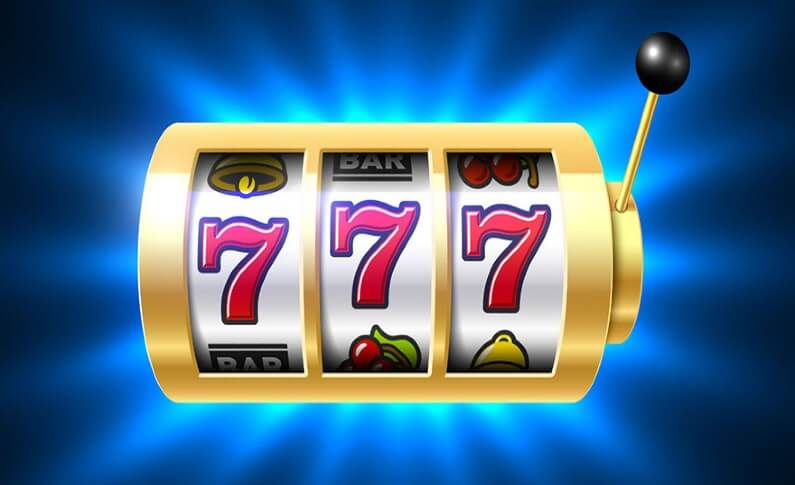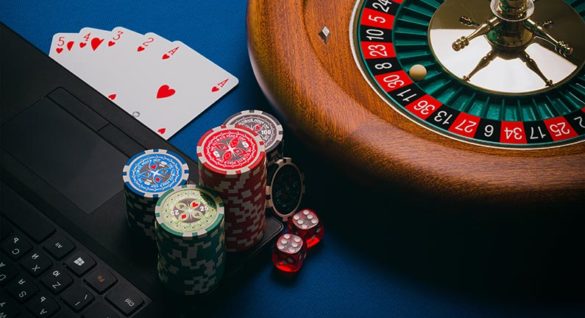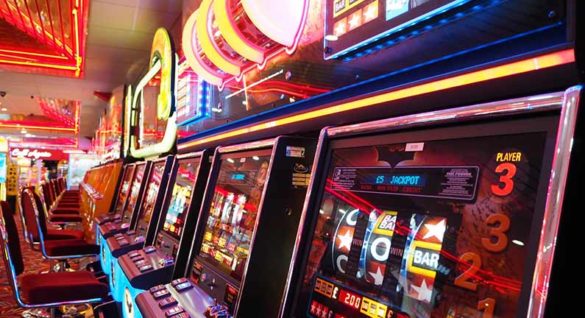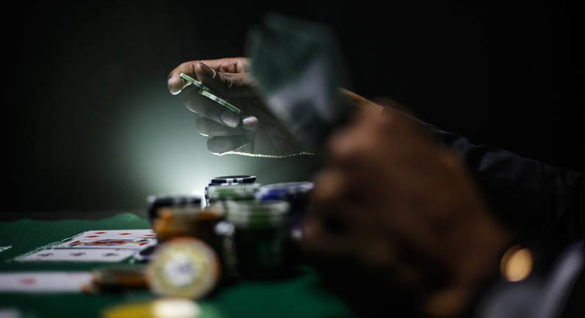
Posted in Guides, Industry June 27, 2020
Cheating Slot Machines – Yay or Nay?
Even though cheating in casinos is a crime, many players have attempted it in one way or another. Slot machines, being played alone, have been a common choice for fraudulent players.
With the advancement of technology, online video slots have replaced traditional slot machines, making cheating more difficult. However, the question remains: was cheating slot machines ever really possible? And if so, what were the methods used?
In this article, we will explore popular myths about cheating slot machines and determine whether or not they are true.
The Most Popular Fables About Cheating Slot Machines
Since the inception of slot machines, players have tried various techniques to trick them into paying out more coins. Here are some notable myths:
– Cheating slots with magnets
– Coin cheats
– Cheating devices
– Cheat codes
– Cell phones
– Software and hardware cheats
It is important to note that this article is for informational purposes only, and attempting to cheat in any form is illegal and should not be done. These methods mentioned are from a time when traditional slot machines were the norm.
Today, slots use sophisticated technology that can detect fraud quickly, making them virtually impossible to manipulate. Cheating can even lead to imprisonment. Nevertheless, for the sake of entertainment, let’s explore the wild attempts made throughout history to cheat slot machines.
Cheating a Slot Machine with a Magnet
In the 1960s, when slot machines were mechanical, some believed that a strong magnet could manipulate the reels to show a winning combination. Players would hold the magnet near the reels, hide it once they saw the desired outcome, and cash out their winnings.
However, modern slots use random number generators, rendering magnet cheating ineffective.
Cheating Slots with Coins
After magnets, some cheaters turned to coins. Let’s explore the methods used:
– Fake Coins: Players used coins of similar weight and size to trigger slots, allowing them to play for free until they hit a jackpot.
– Shaved Coins: Coins with shaved edges were used to trick slot machines’ light sensors. The machine would accept the coin’s value, but the sensor would detect it as inadequate and eject it, giving players a chance to reuse it.
– Coin on a String: This trick involved attaching a coin to a string and inserting it into a slot. Once the slot registered the coin and started the game, players could pull the string to take the coin back. Casinos eventually made this trick impossible.
Cheating Devices for Slot Machines
Besides coins, players used various cheating devices, including:
– Bill Validator Device: A thin device wrapped around a $1 bill to trick the slot machine into registering it as a $100 bill.
– Light Wand: Used to blind slot machines’ optical sensors, preventing them from counting the number of coins inserted. This influenced the payout rate.
– Monkey Paw Device: A metal rod and a wire used to trigger the coin hopper, resulting in a jackpot. This method is no longer viable.
Cheat Codes for Slot Machines
To combat cheating, game providers added secure source codes to slot machines. However, some players managed to gain insight into these codes to increase their chances of winning.
Cheating a Slot Machine with a Cell Phone
With the advancement of cell phones, players attempted to cheat by recording the reels’ spinning and analyzing the game’s algorithm to predict the winning combination. However, modern random number generators make this method ineffective.
Software and Hardware Cheats
When previous methods failed due to improved slot machines, players turned to software and hardware cheats:
– Finding a Slot Software Glitch: Some players discovered software glitches in specific slot machines and used them to their advantage.
– Computer Chip Replacement: Cheaters bought slot machines to understand their workings and reprogrammed computer chips to increase the chances of winning. This required replacing the original chips in land-based casino slot machines, making it a risky tactic.
– Piano Wire: Players used piano wires to manipulate the wheel rotation, increasing their chances of winning. However, casinos discovered this method quickly.
– Top-Bottom Joint: A tool made of a metal rod and a wire used to trigger the machine to cash out all the coins inside.
Players Who Got Famous for Slot Machine Cheating
Over the years, various players became famous for attempting to cheat slot machines:
– Louis Colavecchio: Known for using fake coins in casinos, he was caught and served jail time.
– Tommy Glenn Carmichael: Used a light wand and created the monkey paw device.
– Ronald Dale Harris: Manipulated slot machines by reprogramming them to pay out jackpots after a specific number of coins were inserted. He was fired and imprisoned.
– Dennis Nikrasch: Rigged slot machines and cashed out over $15,000,000. He dismantled machines and replaced their chips with a team of other cheating experts.
Final Thoughts
All the cheating methods mentioned in this article are now obsolete due to modern technology and encryption. Attempting to cheat a slot machine is illegal and can lead to serious consequences. This article intends to provide entertainment and historical insight into the lengths people went to for easy money.




